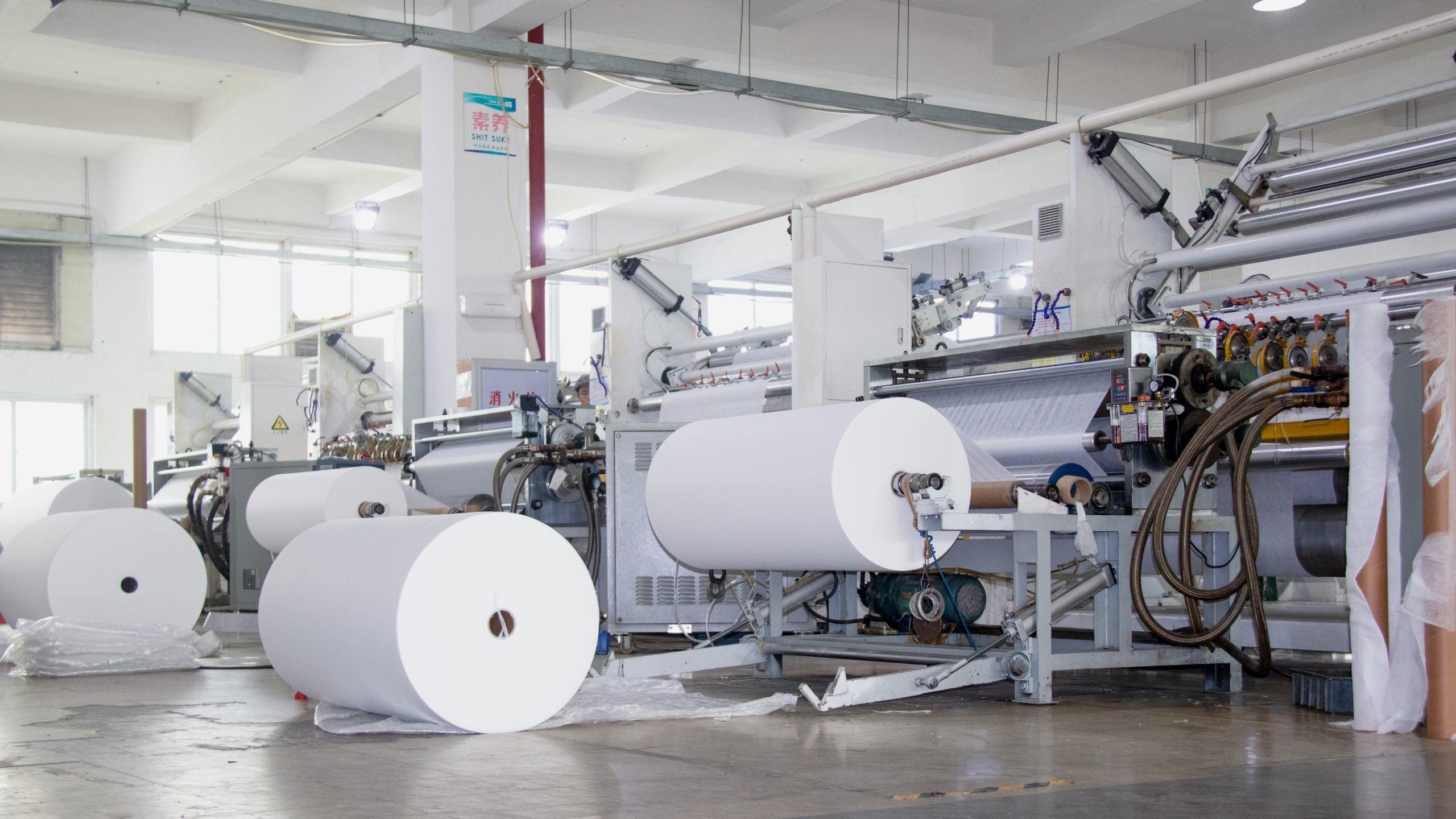The Ultimate Guide to Non-Woven Fabric Production, Suppliers, and Applications in 2025
Date: 2025-03-05 Categories: Industry News、News Views: 4278
The Ultimate Guide to Non-Woven Fabric Production, Suppliers, and Applications in 2025
The global demand for non-woven fabrics continues to surge, driven by advancements in manufacturing technologies, diverse industrial applications, and the growing emphasis on sustainable materials. This comprehensive guide explores the intricacies of non-woven fabric production lines, highlights leading fabric factories and non-woven fabric suppliers, and delves into specialized materials like hydrophilic non-woven fabric and medical fabric.

1. Non-Woven Fabric Production Lines: Technology and Innovation
Modern non-woven fabric production lines integrate cutting-edge technologies to meet the demands of industries ranging from healthcare to agriculture. Key processes include:
- Spunbond and Meltblown Techniques: Leading manufacturers like CL Nonwoven Machinery (网页3) have pioneered multi-layered production lines (e.g., SMS, SMMS, SSMMSS) that combine spunbond (S) and meltblown (M) layers. These lines achieve high-speed outputs (up to 800 meters/minute) and produce fabrics with exceptional softness, uniformity, and hydrostatic resistance3.
- Eco-Friendly Innovations: Companies such as Jiangyin Kaxite Energy-saving Materials (网页1) emphasize energy-efficient production, using polyamide and recycled polypropylene (PP) to reduce environmental impact1.
- Customization: Advanced lines allow customization in weight (10–150 GSM), width (up to 3.2 meters), and functionality (e.g., antimicrobial, UV-resistant finishes)213.
2. Leading Non-Woven Fabric Suppliers and Factories
The market is dominated by specialized fabric factories and suppliers offering tailored solutions:
- Guangdong Synwin Non Woven Technology (网页2): A Sino-foreign joint venture with ISO 9001 certification, Synwin produces PP spunbond non-woven fabrics for medical and hygiene applications. Their production lines yield 1,800 tons monthly, emphasizing waterproof, biodegradable, and anti-static properties2.
- Sunshine Nonwoven Fabric Co. (网页13): Specializing in hydrophilic non-woven fabric, Sunshine’s PP spunbond materials are optimized for baby diapers and sanitary products. Their R&D team ensures rapid customization of colors, patterns, and widths13.
- **Koho Nonwoven Co.** (网页11): With ISO 9001 and GMP certifications, Koho supplies medical-grade fabrics for disposable bed linens and surgical gowns, prioritizing breathability and fluid resistance11.
3. Hydrophilic Non-Woven Fabric: Key Features and Uses
Hydrophilic non-woven fabric is engineered to absorb liquids efficiently, making it indispensable in hygiene and healthcare:
- Production Process: Using PP fibers treated with hydrophilic agents during extrusion, manufacturers like Sunshine Nonwoven (网页13) enhance water absorption while maintaining fabric strength13.
- Applications: Ideal for diapers, wet wipes, and medical dressings, these fabrics combine softness with rapid moisture dispersion. Advanced variants include antistatic and antibacterial finishes14.
4. Medical Fabric: Safety and Performance
Medical fabric must meet stringent standards for biocompatibility, durability, and infection control:
- Material Composition: Most medical-grade non-wovens use PP or PET due to their non-toxic, hypoallergenic properties. For example, CL Nonwoven’s SMS fabrics (网页3) are FDA-approved and resistant to bacterial penetration3.
- Critical Applications:
- Surgical Gowns and Masks: Multi-layered SMS/SMMS fabrics provide barrier protection against fluids and pathogens5.
- Implantable Textiles: Braided or knitted fabrics with slow-dissolving sutures are used in wound closure16.
- Sustainability: Companies like Wenzhou Huichuan Technology (网页9) focus on recyclable medical fabrics, reducing waste in single-use products9.
5. Non-Woven Materials vs. Traditional Fabrics
The shift from conventional fabric and fabric (woven textiles) to non-woven materials is driven by cost, versatility, and sustainability:
- Advantages of Non-Wovens:
- Rapid Production: Non-wovens skip weaving/knitting, reducing manufacturing time by 50% compared to traditional textiles18.
- Eco-Friendly: PP-based non-wovens degrade in 90 days, unlike polyethylene plastics that persist for centuries19.
- Custom Functionality: From fire-retardant industrial fabrics to breathable agricultural covers, non-wovens adapt to niche needs1217.
6. Future Trends in Fabric Material Development
In 2025, the fabric material industry is poised for transformative growth:
- Smart Textiles: Integration of sensors into medical fabrics for real-time health monitoring16.
- Biodegradable Innovations: Companies like Hangzhou Hongxin Textile (网页10) are investing in PLA (polylactic acid) non-wovens derived from corn starch10.
- High-Performance Composites: Hybrid materials combining non-wovens with nanofibers for enhanced filtration and tensile strength22.
Conclusion
From non-woven fabric production lines to specialized medical fabric solutions, the industry’s evolution reflects a blend of technological prowess and environmental responsibility. Partnering with certified non-woven fabric suppliers ensures access to materials that meet global standards for quality and sustainability. As demand grows across healthcare, agriculture, and packaging, innovation will remain the cornerstone of this dynamic sector.
**Explore our partnerships with leading factories and suppliers to source premium non-woven materials tailored to your needs.**
References:
1: Jiangyin Kaxite’s energy-saving production lines.
2: Guangdong Synwin’s PP spunbond fabrics .
3: CL Nonwoven’s high-speed SMS lines .
5: Medical fabric applications.
9: Wenzhou Huichuan’s recyclable medical textiles .
10: Hangzhou Hongxin’s PLA innovations .
11: Koho Nonwoven’s medical-grade materials .
13: Sunshine Nonwoven’s hydrophilic fabrics .
14: Hydrophilic fabric production .
16: ACS insights on medical textiles .
18: Non-woven vs. traditional fabric .
19: Environmental impact of PP non-wovens .
22: FRP composites in fabric materials .














